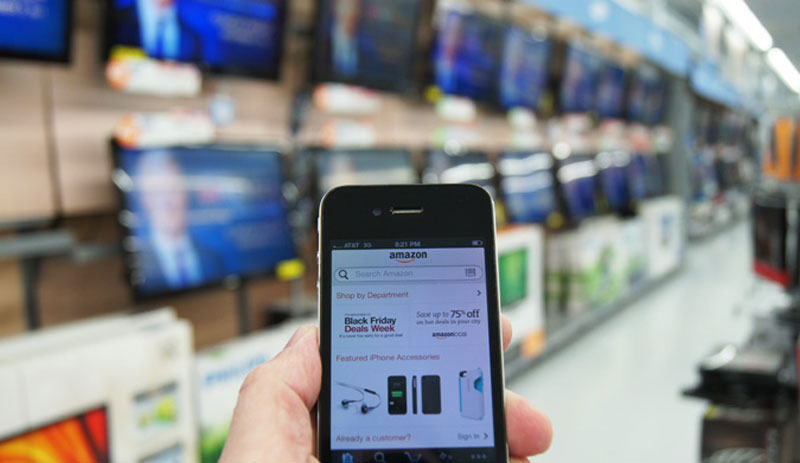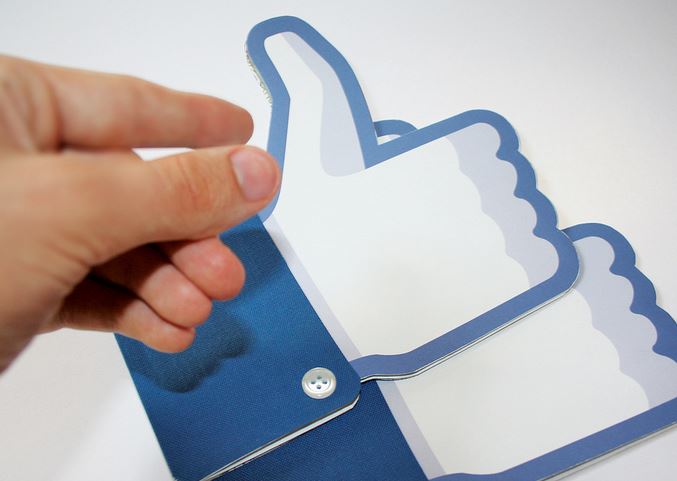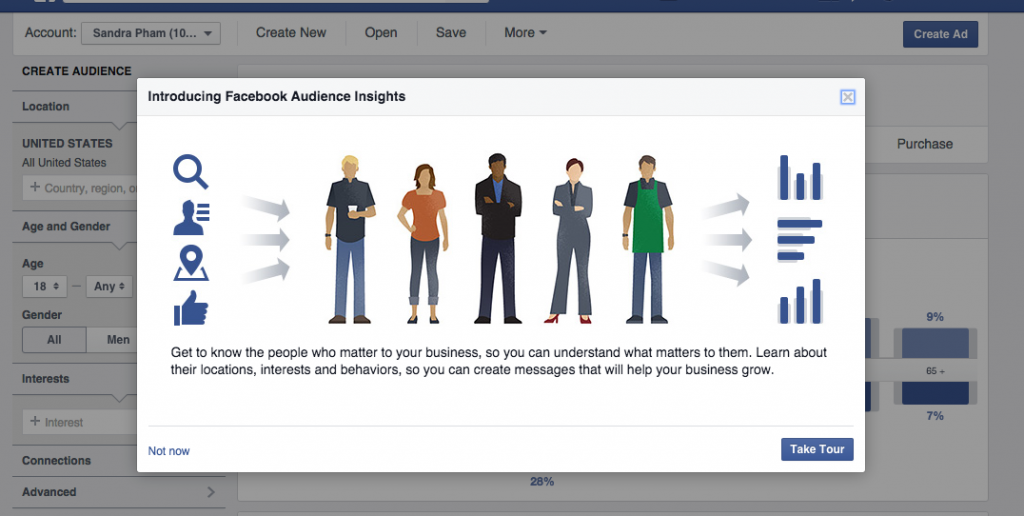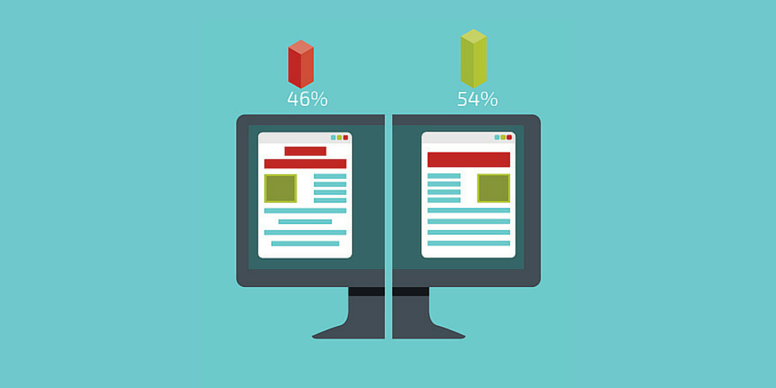Yesterday, for the first time ever, I ordered Domino’s pizza online. I know, I know, it’s probably been around for at least seven or eight years now, but as a consumer who’s generally very traditional about her shopping, it was quite an unique (and I have to admit, exciting) experience. 
I was really impressed to see a real-time order pipeline tracker built into my order confirmation page. From placing the order, to prepping the pizza, to baking in the oven, to quality check, and finally delivery, you can actually track your order as it is being processed, and know who was in charge of which stage. For example, I know that Solomon put my pizza in the oven, and Matthew delivered it to my doorstep. Quite a neat personal touch to a seemingly mechanical and detached online ordering system.
Five to ten years ago, Domino’s certainly wasn’t my go-to brand of pizza delivery. Why? Honestly, because it didn’t taste that great, and community word-of-mouth was consistent with that. So how did Domino’s reinvent itself, its menu, and its branding to bounce back? We talked a lot about companies “going digital” in class, and after doing a little research, I discovered that Domino’s did exactly that. Dennis Maloney, Chief Digital Officer of Domino’s Pizza, stated in an article that along with technology, transparency and value were critical to brand reinvention. Domino’s fundamentally changed its recipe, revamped its entire menu, and embraced technology and social media to amplify its marketing efforts. One of its greatest and transformative technological achievements is its Anyware platform, which allows customers to order via text, Tweet, Smart TV, car, Smart Watch, and Voice. Today, Domino’s makes $22 billion in revenues – 50% of which are generated through digital sales – in the U.S., and has experienced a growth rate of 33% over the last five years. Job well done!
Main article: http://loyalty360.org/resources/article/dominos-pizza-reinvents-itself-customer-engagement









